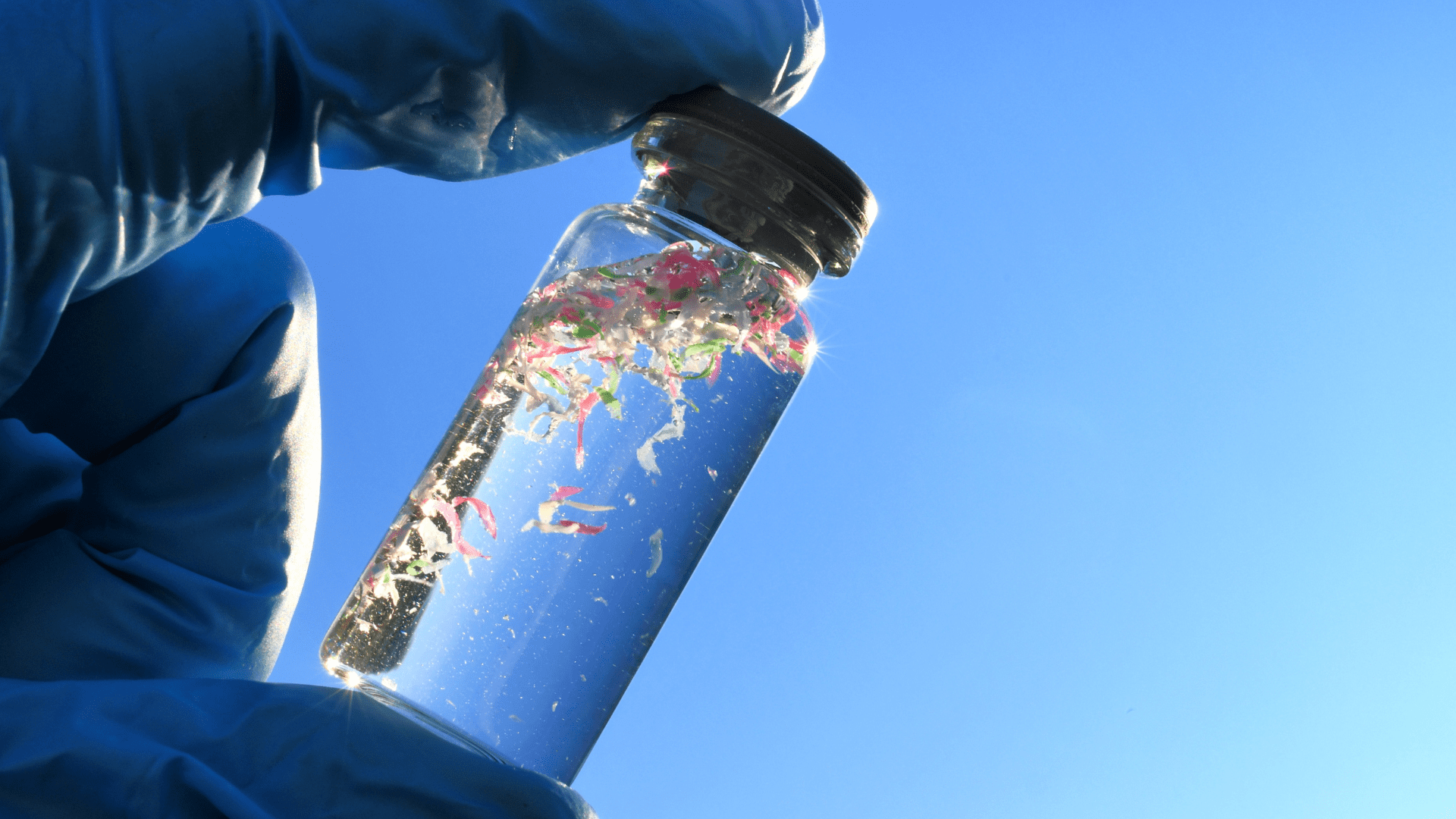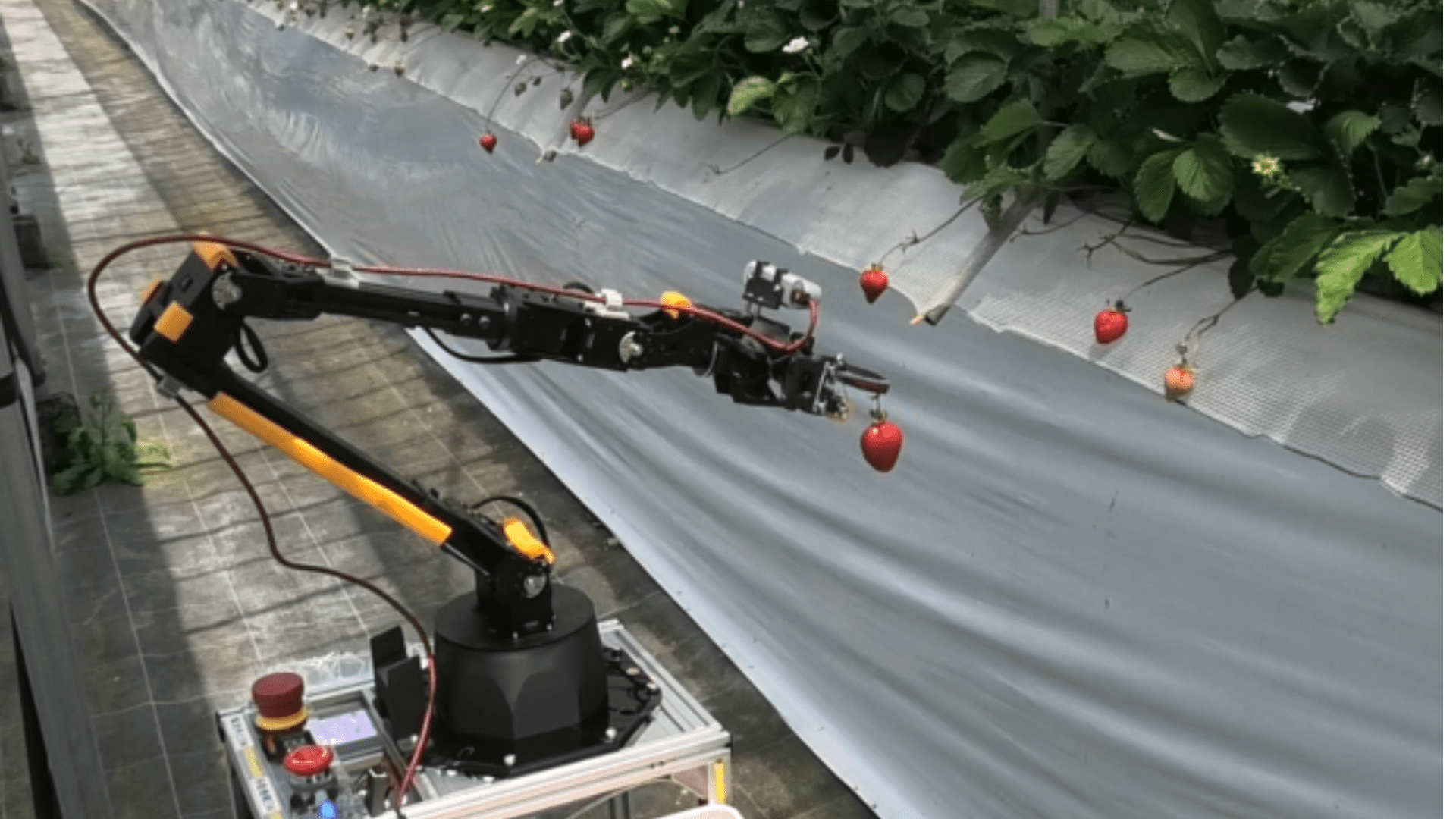Microplastics seem to be a hot topic these days. From drinking water to the air, they are everywhere. The U.S. National Oceanic and Atmospheric Administration (NOAA) defines microplastics as pieces of plastic less than five millimeters in length. According to the agency’s web page, they are “the most prevalent type of marine debris found in our oceans and Great Lakes.”

Once microplastics enter the water, decomposing takes up to thousands of years. According to information from the University of Plymouth, evidence shows they can harm birds or marine animals if they mistake them for food. According to reports, microplastic pollution spans from the water to soil and even human blood.
Two new materials may halt microplastic’s wrath.
Preventative Measures
An article published in Smithsonian Magazine describes a new sponge that can absorb up to 90 percent of microplastics in seawater and tap water. Researchers in China developed a sponge light enough to balance on flower petals. When liquids containing plastics flow through the sponge, it filters out microplastics and smaller nanoplastics. The sponge is made mainly of starch and gelatin, which are both biodegradable.
Potential applications for the sponge vary from wastewater treatment to food production. However, according to chemists, the key is to capture microplastics before they enter the environment through water.
Once in the water, they may be impossible to remove. “We have to stop it getting there in the first place,” said Anett Georgi from the Helmholtz Center for Environmental Research in Germany.
New Plastic

Biologists believe a better way to reduce microplastic pollution is to create new plastics that break down quicker than those commonly used today. Michael Burkart, a biologist at the University of California San Diego (UCSD), and his company, Algenesis Material, are working on doing just that.
“To limit pollution, [the] new recipe makes plastic a treat for microbes,” Burkart said. An article published in Science News Explores reports that Burkhart and his team have developed a type of biodegradable polyurethane made from plants and algae. These plant-based materials are called esters and can be broken down and eaten by microbes.
As research continues, challenges and opportunities arise. For example, the sponges must demonstrate that they are cost-effective at filtering microplastics on a large scale. Additionally, Algenesis Material is looking for ways to develop biodegradable, single-use plastic based on its algae-based polyurethane.







